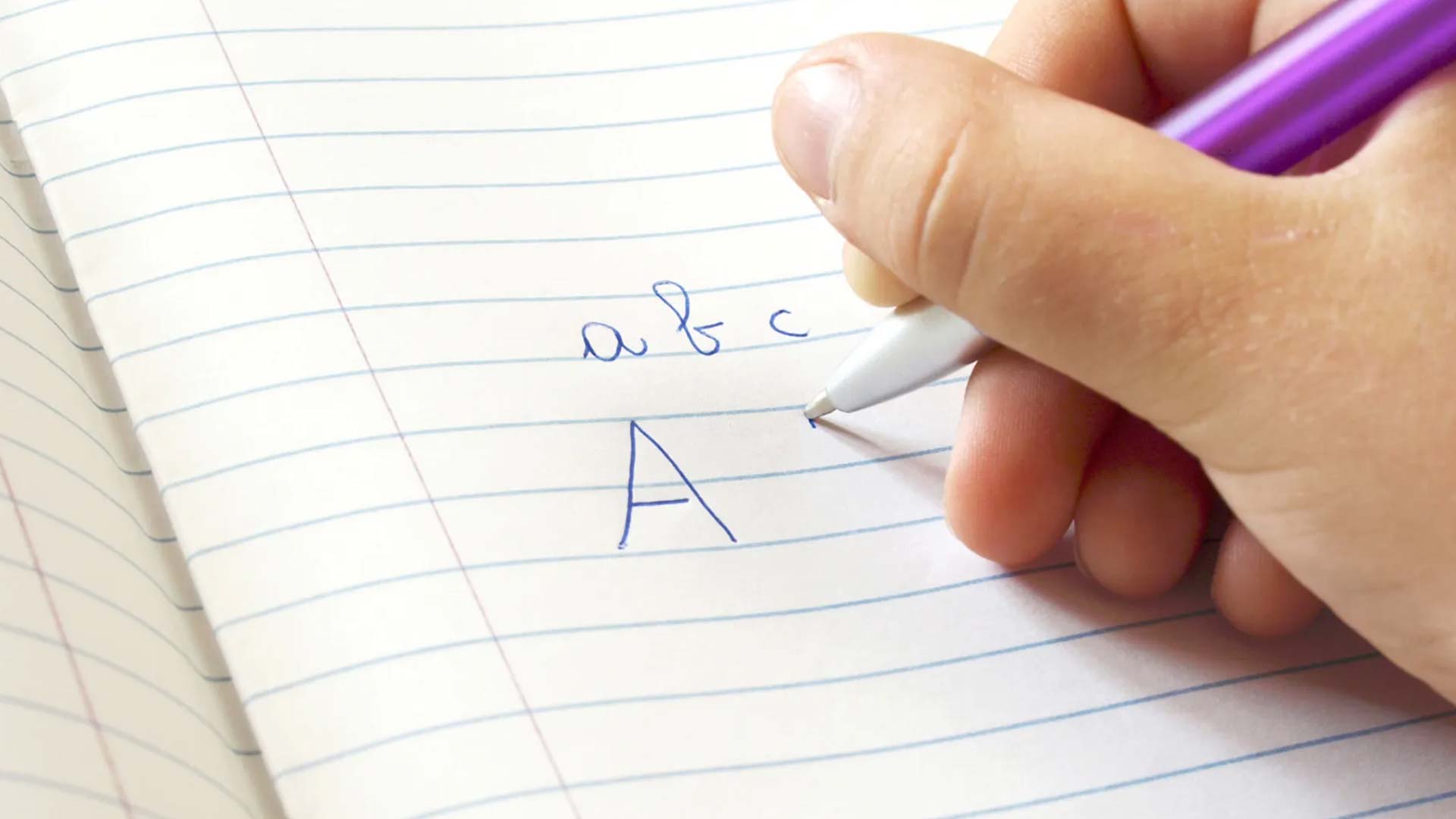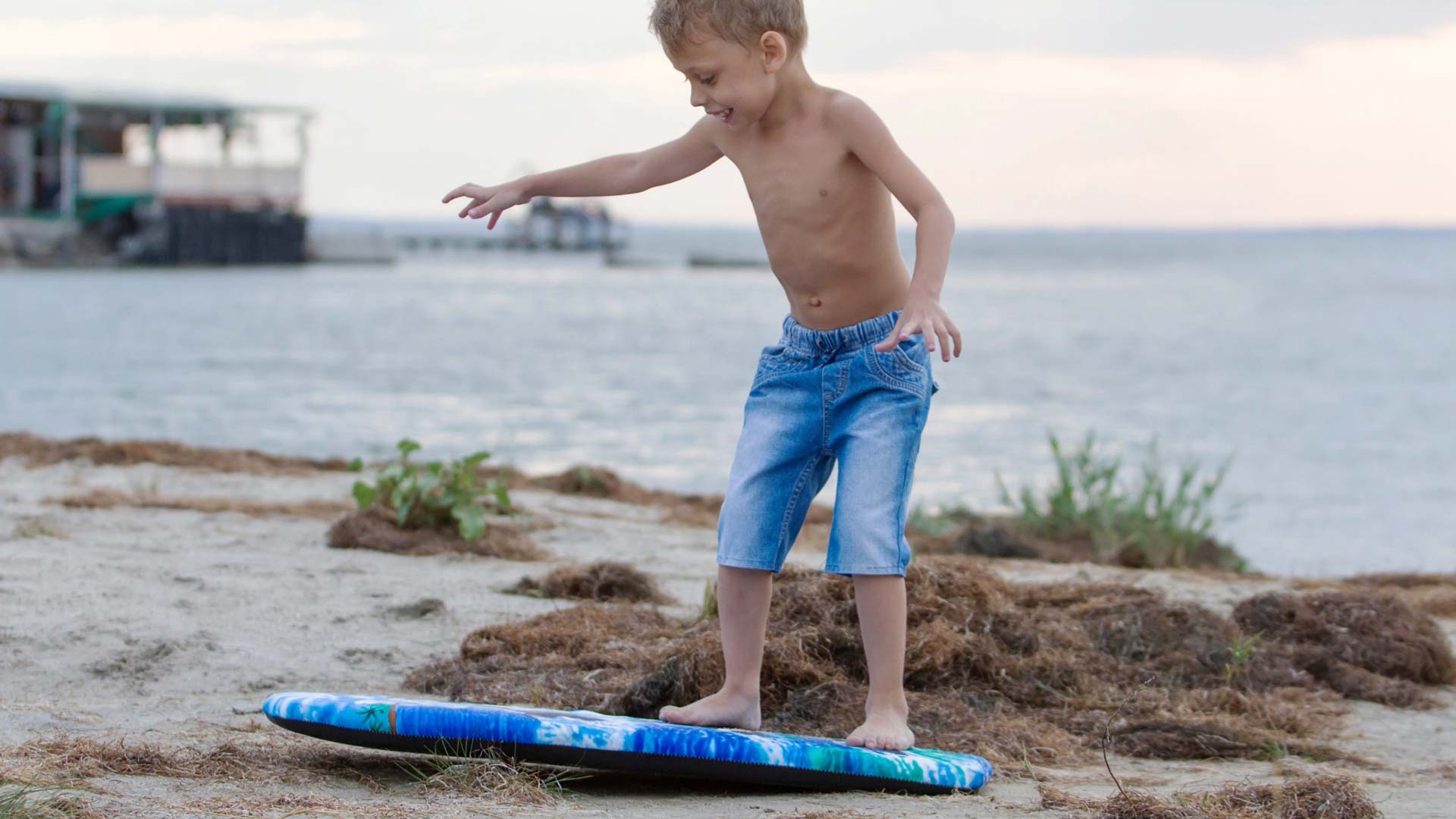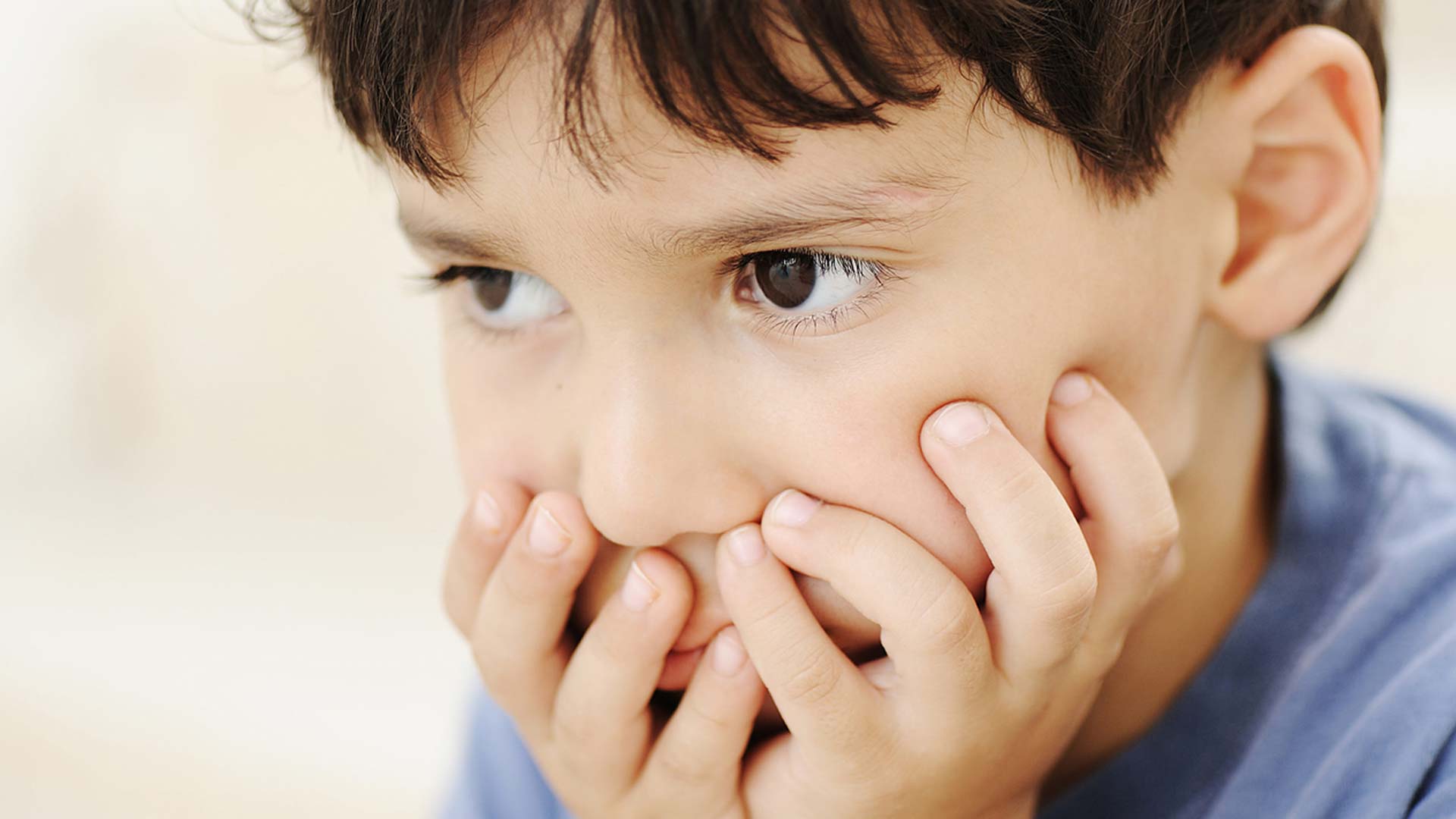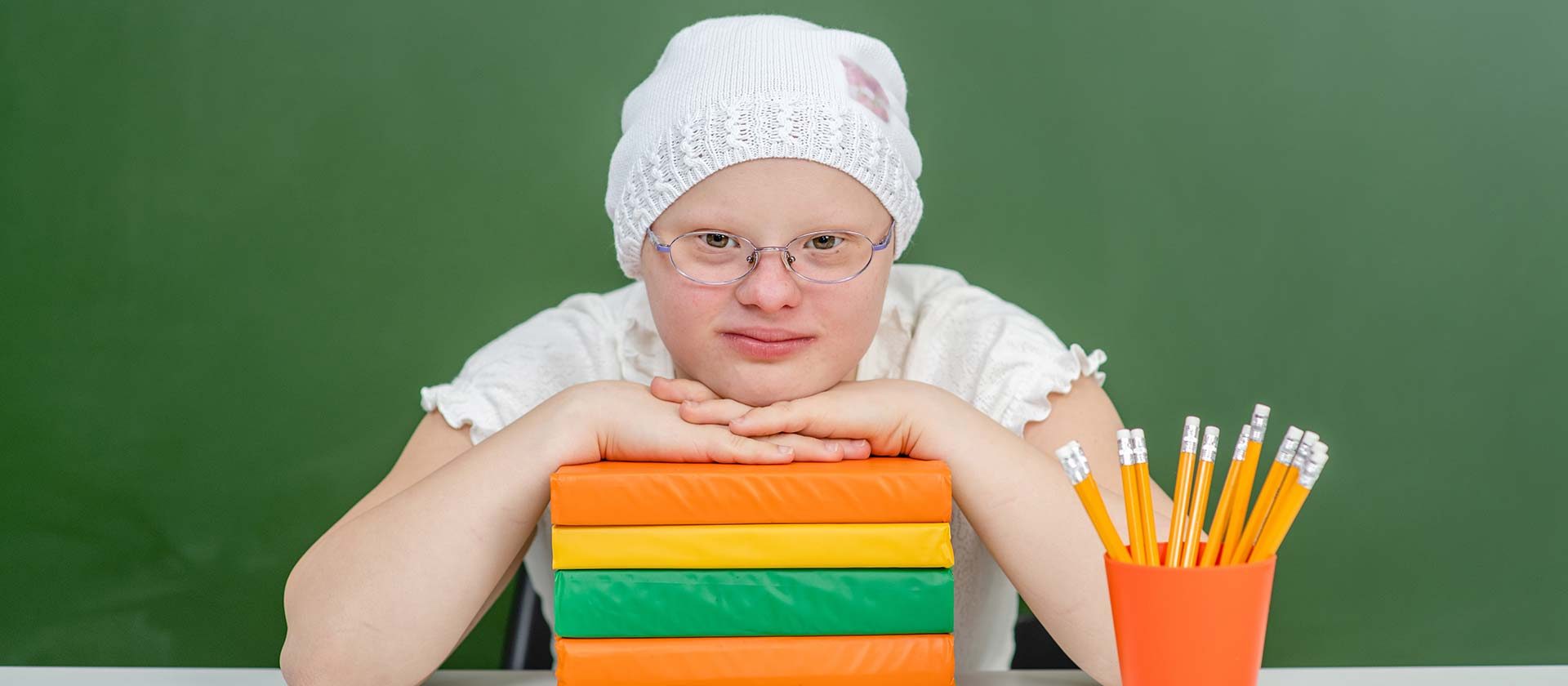
Soon after birth, an infant will show off their personality and develop nonverbal communication in an effort for their basic needs to be met. These early forms of communication exhibit as brief eye gazing at objects, crying or cooing communicating needs for physical bonding; being held and possibly soothed or fussing/crying to be fed. Development continues from infancy to childhood and may not always follow the same pace for every child, however, children do grow and develop acquiring skills at typical age-appropriate milestones such as crawling, walking, saying their first words at around the same age. When children are not reaching expected milestones and are showing significantly delayed development, parents may become concerned about skill development impacting school readiness and function.
Early Intervention services are available to help an infant- child who may have trouble reaching certain developmental milestones. Early intervention means using “therapy services to enhance a child’s ability to interact with others and the environment as these everyday experiences and interactions are essential for optimal child development.”
Early Intervention includes infants and toddlers, age birth to 36 months, who have or are at-risk for developmental disabilities or delays. Early intervention supports families and caregivers to increase their child’s participation in daily activities and routines that are important to the family.
Early intervention begins with a multidisciplinary team evaluation to identify a child’s needs. Research reveals that early intervention services can considerably lessen the effects of developmental delays.
Positive early learning experiences are crucial for later success in school, the workplace, and the community. Research shows that children’s earliest experiences play a critical role in brain development.
Early Intervention may include speech-language therapy, occupational therapy, physical therapy, and education specialist services based on the needs of the child and family.
We believe Early Intervention, both therapeutically and academically, is a key part of the Educational Journey and leads to success. Monitoring a child’s development for school readiness begins at birth and is a constant process. With that in mind, we have now released a comprehensive online developmental assessment service – K-Shield Screening – created for screening children from 0- 5 ½ years of age designed for collaboration, continuity, and academic success.








